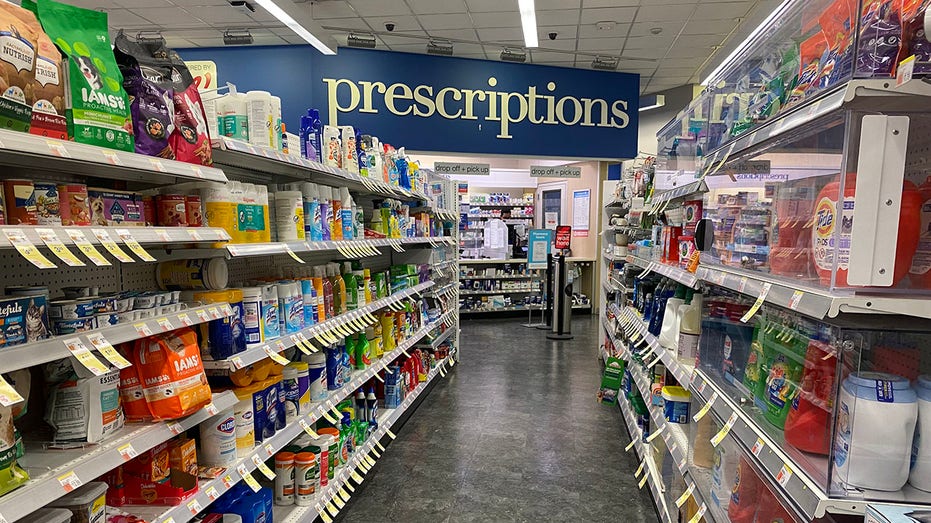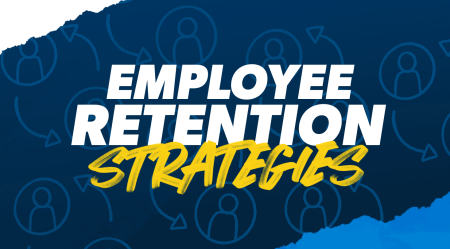Inflation might be easing in some segments of the economy, but health care costs are set to soar next year.
A new study conducted by professional services firm Aon found employer health care expenditures are projected to surge 9% in 2025 to more than $16,000 per employee, markedly higher than the 6.5% increase businesses saw in their health care budgets from 2023 to 2024.
“This year’s forecast comes after a couple years of slow growth in employer-sponsored health care spending during the pandemic,” Debbie Ashford, the North America chief actuary for Health Solutions at Aon, told FOX Business.
“While the rest of the economy experienced high inflation over the last few years – which is now coming down – the impact on the health care sector was delayed due to the multi-year nature of medical provider contracts with insurers and payers,” she explained. “As those contracts get renegotiated, providers will aim to earn more for the services they provide in order to pay higher labor and medical supply costs.”
INFLATION STILL SMALL BUSINESS OWNERS’ TOP CONCERN, NFIB SURVEY FINDS
The analysis said the driving forces behind the expected cost increase include the fact that medical claims continue to climb at elevated levels along with increased expenditures on specialty prescription drugs – particularly GLP-1 drugs like Ozempic and Wegovy, used to treat obesity and diabetes.
Ashford said that on the prescription drug side, specialty drugs remain the leading factor in spending, even though they represent a small fraction of overall utilization.
She noted that the demand for GLP-1 medications – which have become popular weight loss drugs – has skyrocketed, jumping 87% in 2023. The surge in new drugs in the GLP-1 category is expected to drive up costs even further, she said, and those drugs alone account for 1% of employers’ increased costs.
KAMALA HARRIS’ PLAN TO HIKE CORPORATE TAX RATE WILL PUNISH WORKERS: LOU BASENESE
While GLP-1 and other specialty medications are fueling increased spending, the rising cost of prescription drugs is nothing new. Drug prices have surged nearly 40% over the past decade, easily outstripping the pace of inflation.

A separate report from GoodRx, a drug savings company, found that the list price for prescription drugs has climbed about 37% since 2014. Although price increases have slowed this year, costs continue to pose a “significant burden” to many consumers.
Meanwhile, employers are not the only ones that are expected to see their health care expenses soar further.
Research published by Fidelity earlier this month shows that a 65-year-old retiring today can expect to spend $165,000 on health care in retirement – a 5% increase from last year and more than double the estimate from 2002.
FOX Business’ Megan Henney contributed to this report.
Read the full article here












